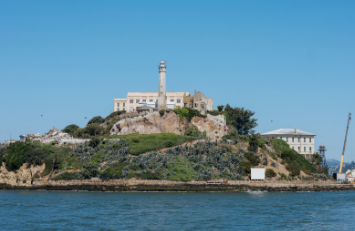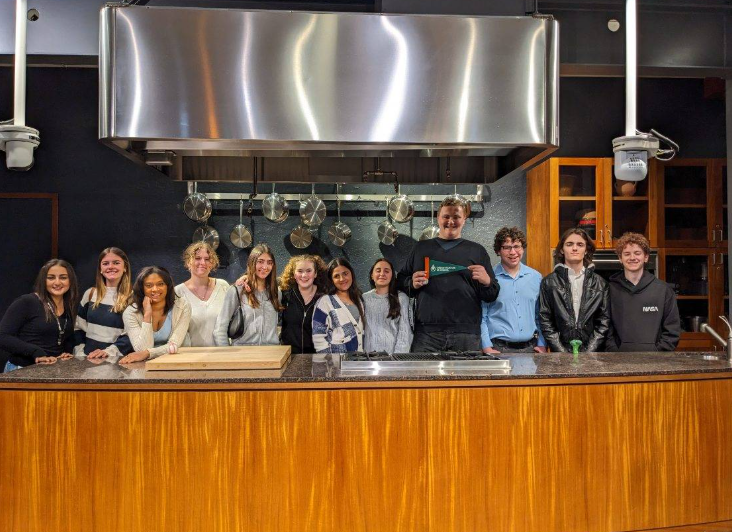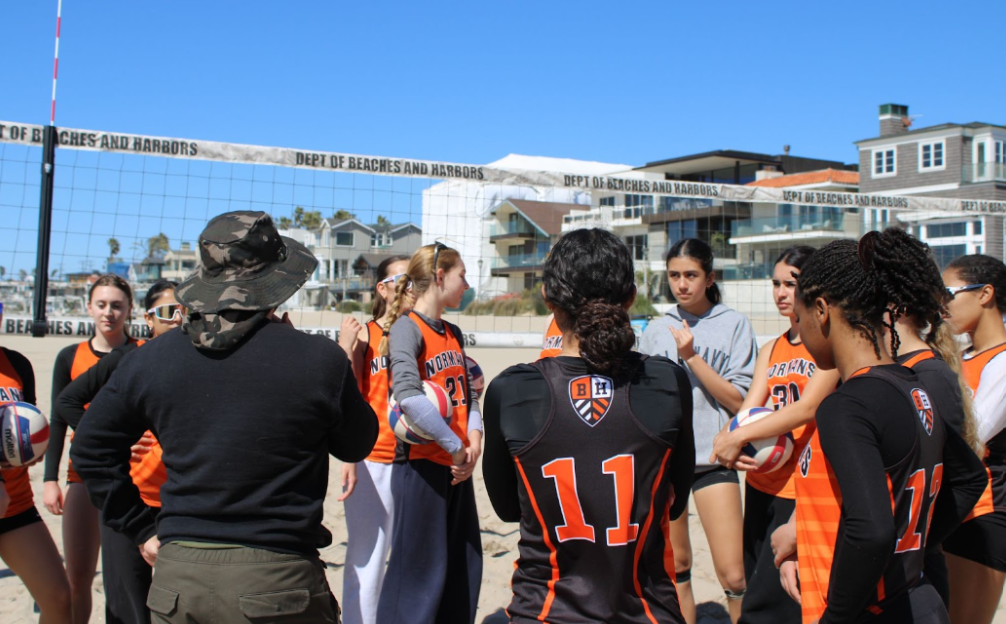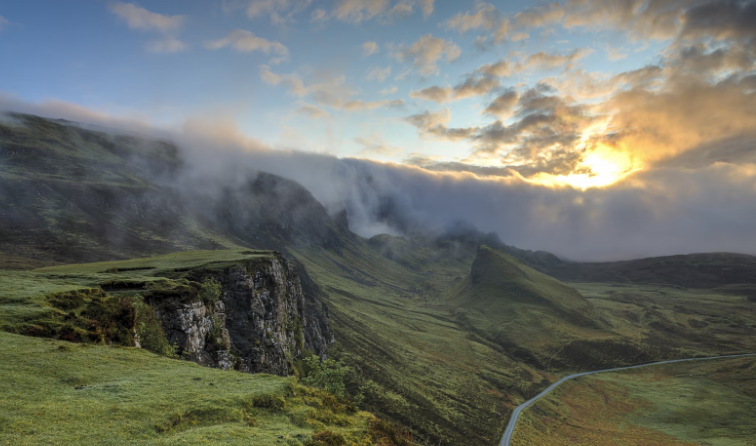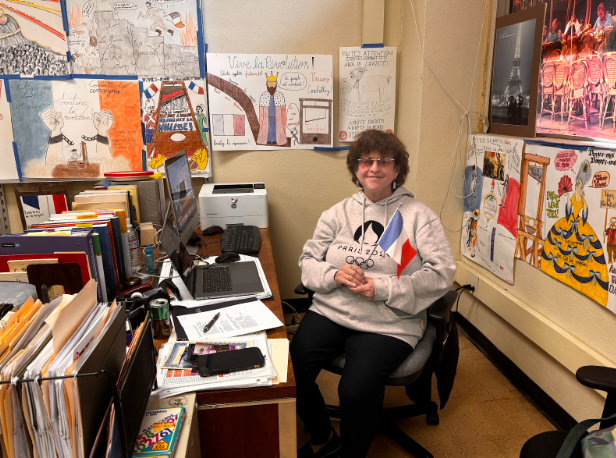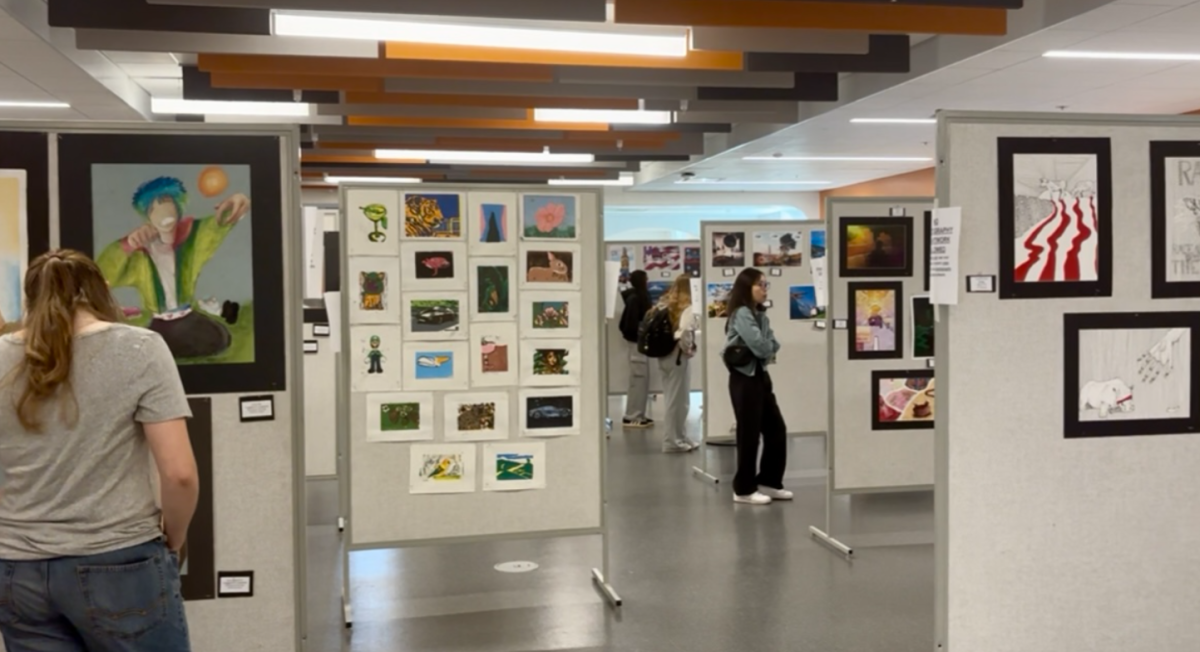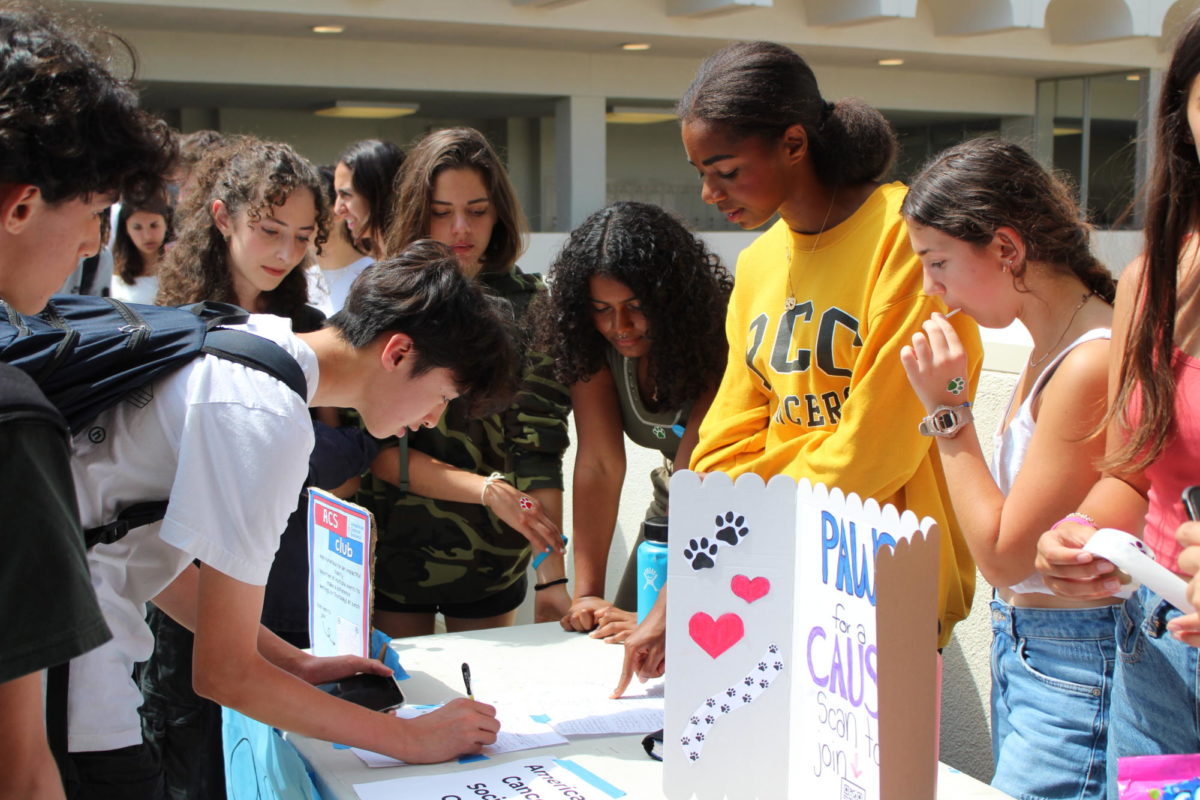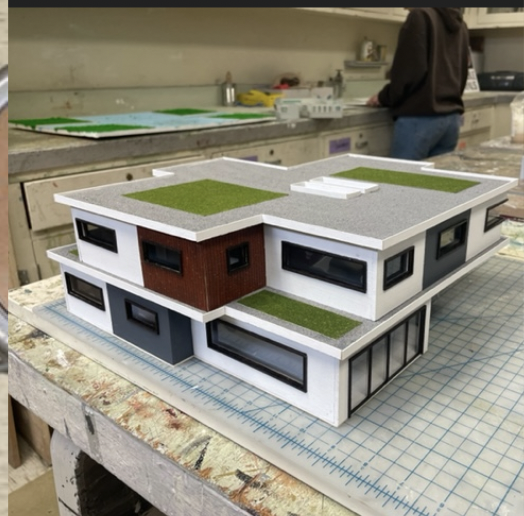Climate change, the two words that are making a big impact on our world right now. Whether you learned about it through your classes or in the media, the effects of climate change are undeniable. However, it might not be as well-known why climate change happens. Yes, the weather is growing hot, but why?
Climate change happens with the accumulation of carbon dioxide (CO2) building up in the environment. The CO2 comes from the burning of fossil fuels, from activities like manufacturing and deforestation. Manufacturing plays a huge role in climate change because the process of making these goods relies on fossil fuels like coal, oil and natural gas.
Deforestation also has a significant role. This is when trees are cut down for agriculture or manufacturing purposes. This is detrimental to the environment because trees are one of the only factors that can help mitigate climate change. Trees perform a process called photosynthesis, which absorbs carbon dioxide from the environment and releases oxygen instead.
There is a direct correlation between the burning of fossil fuels and the rise in global temperatures. According to the World Meteorological Organization (WMO), they confirmed that 2024 was the hottest year yet. These rising temperatures can be directly traced to the start of the Industrial Revolution, which began in the mid-18th century to the early 20th century.
The World Economic Forum backs this up with their 2022 report, which states that the cumulative amount of carbon emissions (in tonnes) went from nonexistent in 1750, pre-industrialization, to 1.6 trillion tonnes in 2020.
With the rise of global temperatures, there are significant negative consequences that can result. This means hotter and more extreme climates, which leads to more intense weather patterns. Additionally, the sea levels start to rise because the poles are melting due to the hotter weather. The previously frozen water will go to the seas, and increase the risk of flooding. There are already several cities that are estimated to be underwater in a few short decades, including Amsterdam, Venice and Miami.
So, what can we do to lessen the impact of climate change? International initiatives like the Paris Agreement have been put into place to help decrease the amount of fossil fuel emissions. However, it is difficult for countries to cut down on their emissions, especially more developed countries like the United States. This is because the infrastructure for these countries is already in place. For example, highways enable people to get from one place to another with their cars. This is beneficial for people who live further from the city and must be there for work, education, etc. Removing these highways to decrease the number of vehicles and emissions is simply not an option for these people.
However, this does not mean that it is hopeless to try to fight against climate change. There are always ways you can help reduce your carbon footprint. Greta Thunberg was only 15 when she started her activism for more public awareness of climate change, and now has founded Fridays for Future, which is a youth-led global climate strike movement.
Driving less, planting trees or even advocating for sustainability on your social media are all ways you can help. With the joint efforts of the rising generations and the current generations, we can find a solution together. After all, every change starts with one voice, with one step and with one action.

